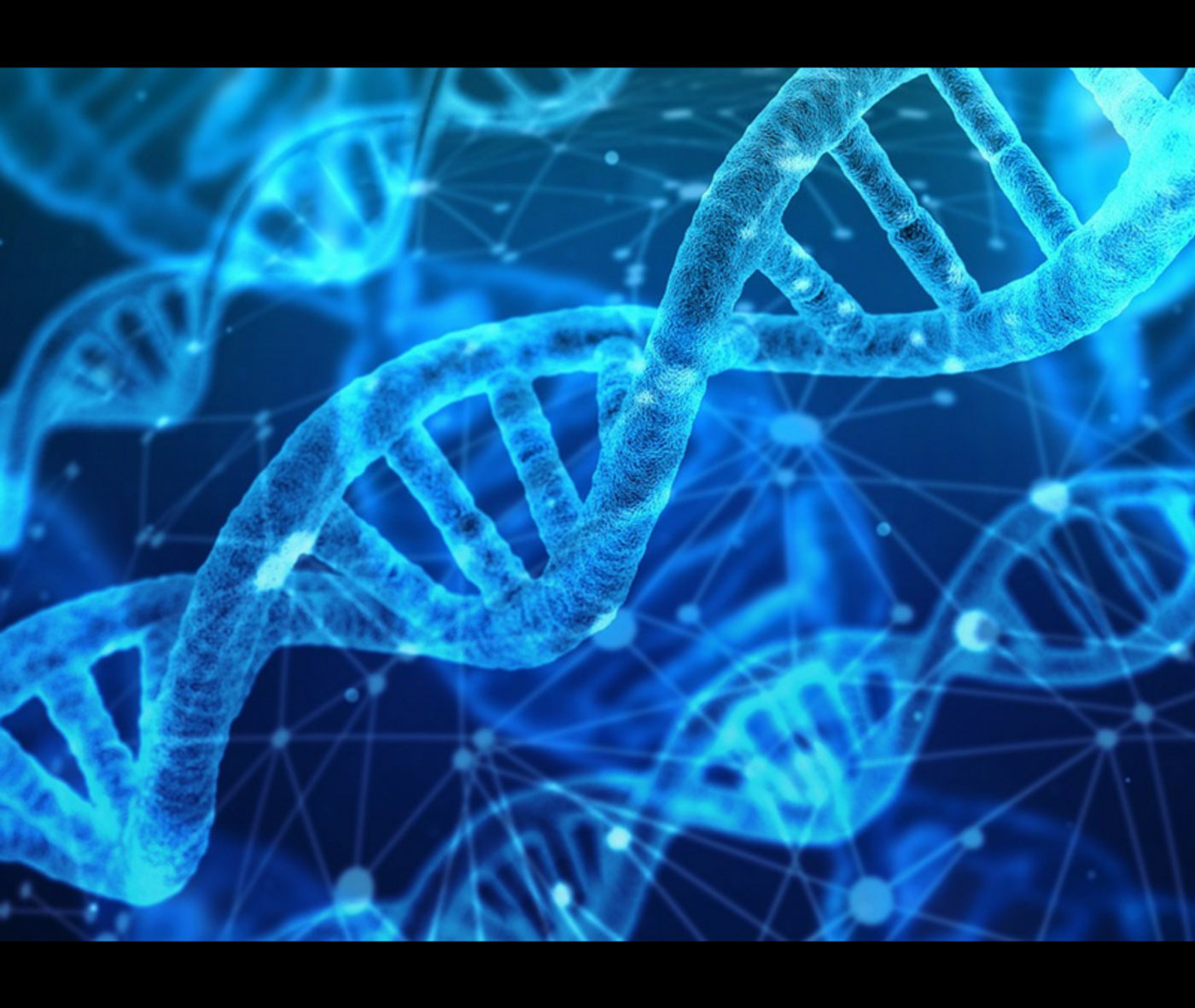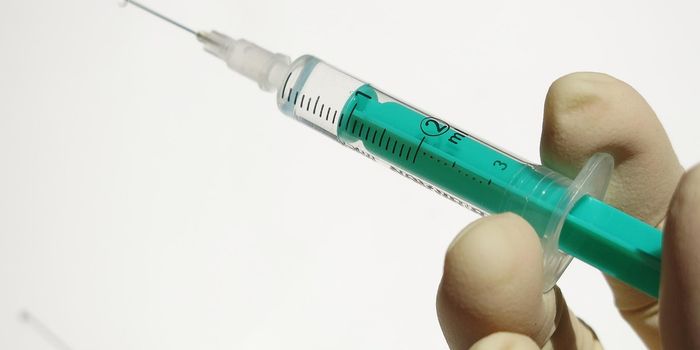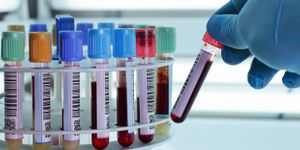Transfection, Transduction, and CRISPR...Oh My
Genetic engineering is not new, however new advances are creating opportunity and reservation amongst those in the scientific community.
CRISPR stands for Clustered Regularly Interspaced Short Palindromic Repeats and is one of the most considerable scientific findings of recent years. It is based on the mechanism of bacterial transformation. This process is part of a bacterium’s immune system and is used for gene transfer which allows bacteria to adapt to their environment by incorporating exogenous genetic material into their genome.
Transfection, a related term, is used when bacteria are used to insert new genetic material into nonbacterial cells (animals or plants). The term “transformation” is not used in this instance because it is already used to relay information about the progression of cancer. The DNA in question is called a plasmid during this process. Only certain strains are capable of taking up new external DNA in a laboratory setting. In nature, it is likely that more bacteria are able to utilize this unique feature of their immune system. Transformation was reportedly discovered in 1928 in Streptococcus pneumonia colonies by bacteriologist Frederick Griffith in England.
Transduction is the term used to describe when DNA is transferred from bacteria to bacteria via a virus. In this instance, the new DNA is inserted into the bacteria through the use of a viral vector. This mechanism is of clinical value because it is a method widely believed to be how antibiotic drugs become ineffective; viruses transfer antibiotic resistant genes between bacteria.
CRISPR (pronounced “crisper”) provides opportunities for site-specific modification of the genome without the use of bacteria to transfect new DNA into an animal cell line. CRISPR protocols can use a single guide RNA (sgRNA) which is defined by the researcher and is specific for a DNA region where binding should occur. The other functional element needed is an RNA guided DNA endonuclease enzyme (most commonly used and researched is CRISPR associated protein 9, or Cas9) to cut double stranded DNA to allow the new genetic material to be inserted. Cas9 is the endonuclease associated with the adaptive immunity of Streptococcus pyogenes. It is reportedly simple to use and requires less steps than traditional transfection with bacteria.
The literature reports that the DNA repair results in insertions or deletions (indels) of very small amounts of DNA (<20 base pairs) in addition to the target gene; this is how immunotherapy models are being created for clinical oncology use. Based on this, the conclusion has been that Cas9 use with CRISPR is specific and clinical trials using cells edited by CRISPR-Cas9 have been initiated. In separate studies, researchers have found that in rare instances larger sections of DNA can be deleted in “off-target” regions of the genome in mouse models.
The result of these potential larger sections being deleted is the potential production of a pathogenic state; the physical loss of alleles/genes (deletion) can lead to cancer and other potential disease states.
The technology and ability still remain an amazing feat of scientific ingenuity using the bacterial model as a guide; however, there are still dangers and ethical concerns regarding the editing of genes which should be included in future conversations about the potential of this capability.
Sources: Nature Biotechnology, Lumen, An Introduction to Genetic Analysis, 7th Ed., Journal of Visualized Experiments,









